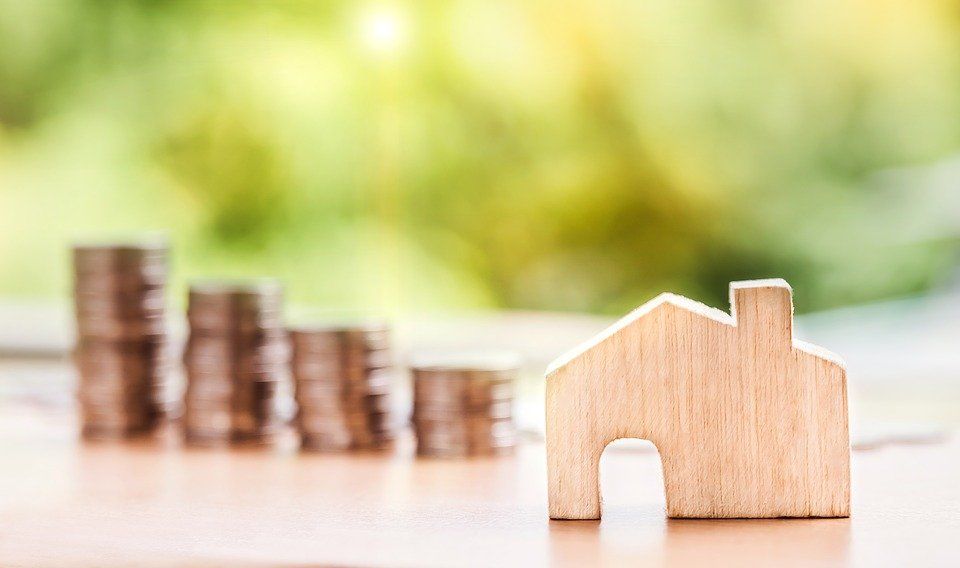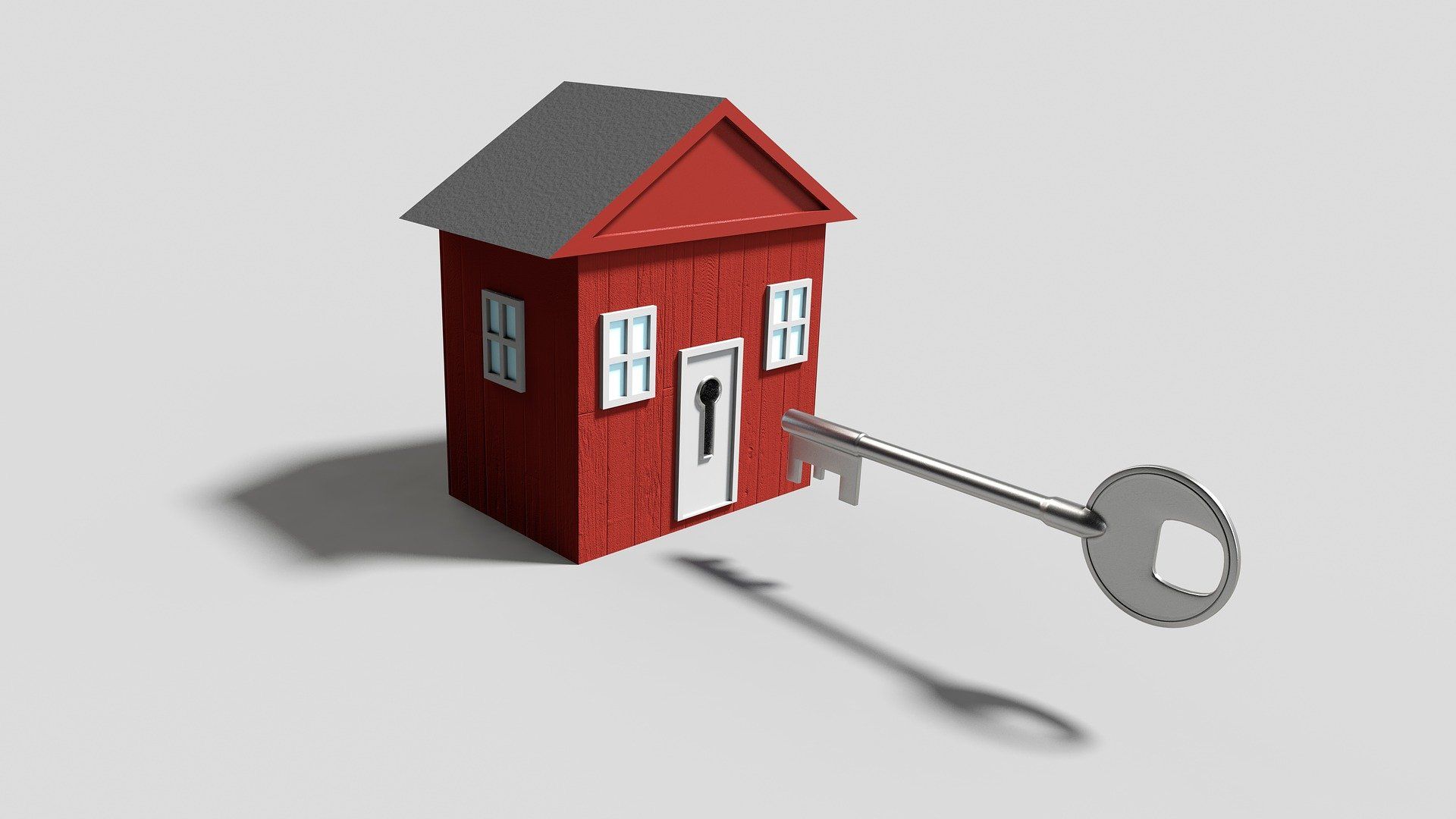Placing a Limit: Should We Be Capping the Profit Sellers Can Make on Land?
- By Admin
- •
- 05 Apr, 2018

Defining Capitalization Rate
Cap Rate
is a minimum standard to measure returns on investment. It can be used
to compare a real estate investment from other investments, such as bank
account or mutual funds. Here’s the formula you can use to compute the cap rate.
CAP RATE
= Net Income/Price
It has two types: Builder’s Cap Rate and Market Cap Rate. The Builder’s Cap Rate, as defined by the Canadian Federation of Apartment Associations (CFAA) is “net operating income as a percentage of purchase price.” Market Cap Rate, on the other hand, is “the net operating income available from existing rental projects as a percentage of purchase price.”
Which is better: Low or High Cap Rate?
The cap rate is a reflection of risk in the market. The more mature the
market, the lower the risk and the cap
rate someone is willing to accept.
Think of it as your return on investment. The interest rate you can earn is
likely the lowest rate. As the risk of the investment increases, so does the
interest you will earn. For instance, in a safe and mature market like
Vancouver which has cap rates
ranging from 2.5 to 3.00, you
would have to invest 40 million at 2.5 (1,000,000 divided by 2.5%). In another
market where cap rates are ranging from 7.00 or 8.00, you would have to invest
14,285,714 to make a million (1,000,000 divided by 7%).
What happens in a “hot” market is that land speculators
go out and tie up a piece of land for one or two years before they close on it.
They do this by putting down, for example, $100,000.00 on a $2 million dollar
piece of land. Then they hold that land for one or two years without closing on
it (as per their contract). When they do close on the deal, they’ll flip the
land immediately or (until recently) assign the deal to someone else. This is
one of the primary causes of speculative land uplift as developers who are
looking to actually build something have these middlemen trying to maximize
their land uplift.
Options for Strategic Land Development
Of course, when buying and selling land, you want to make sure that you
obtain a high return on investment. Let's take a look at some of the best ways
to maximize a land property with minor investments.
- Buy and Hold Strategy
Investors look for properties that they
can buy at low prices. You would want to buy land that is strategically located
in an area that is likely to be developed in the future. Over time, the cost of
these properties will accumulate. The longer you hold on to a property, the
higher will be the price.
- Quick Selling
Numerous bids on a property means a high return on investment. The key is to buy the land in cash. Doing this will give you more chances of getting the land with higher discounts. Afterward, you can sell the property to other potential buyers for up to 30% higher.
- Line Installation
Line installation is a major selling
point, reducing the need for potential buyers to traverse when buying the land
and starting the construction.



